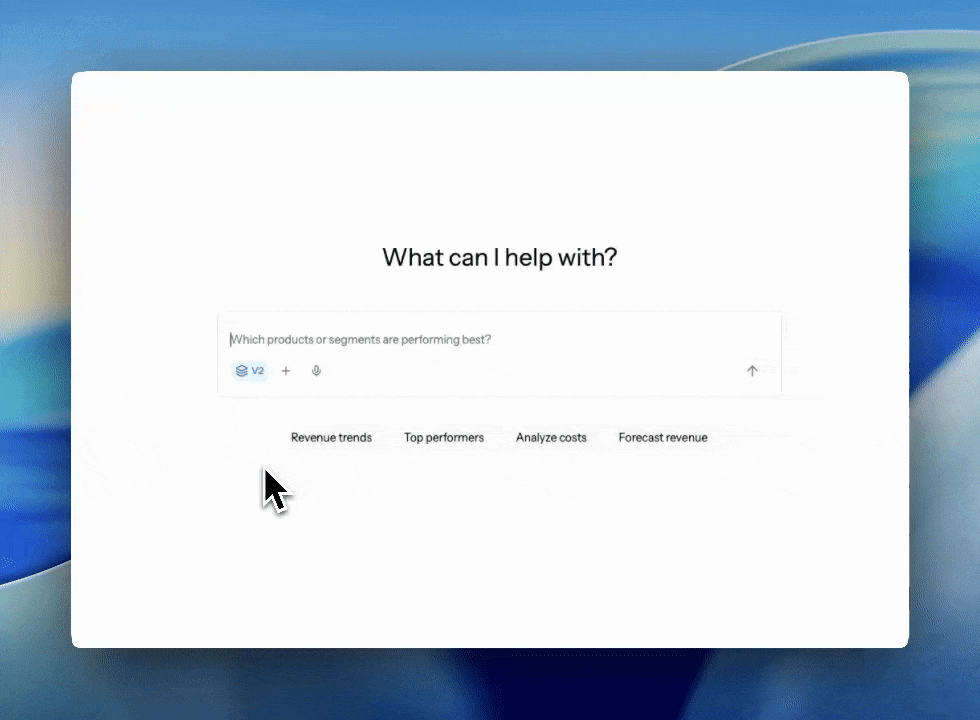Using @ to Specify Tools
When information could live in multiple places, use @ to tell Doe exactly where to look. This reduces errors and speeds up responses. Type@ and select from your connected integrations:

Be Descriptive
Doe can’t read your mind. Like delegating to a colleague, describe what you want clearly. Doe learns your preferences over time, but you need to provide details upfront. Specify format:- “Show me Q3 revenue by region as a bar chart”
- “Display as a table sorted by highest to lowest”
- “Give me a bulleted summary, not a paragraph”
- Time range: “last quarter”, “past 30 days”, “year to date”
- Filters: “only deals over $50k”, “excluding test accounts”
- Grouping: “by department”, “by month”, “by region”
- Sorting: “highest to lowest”, “alphabetically”